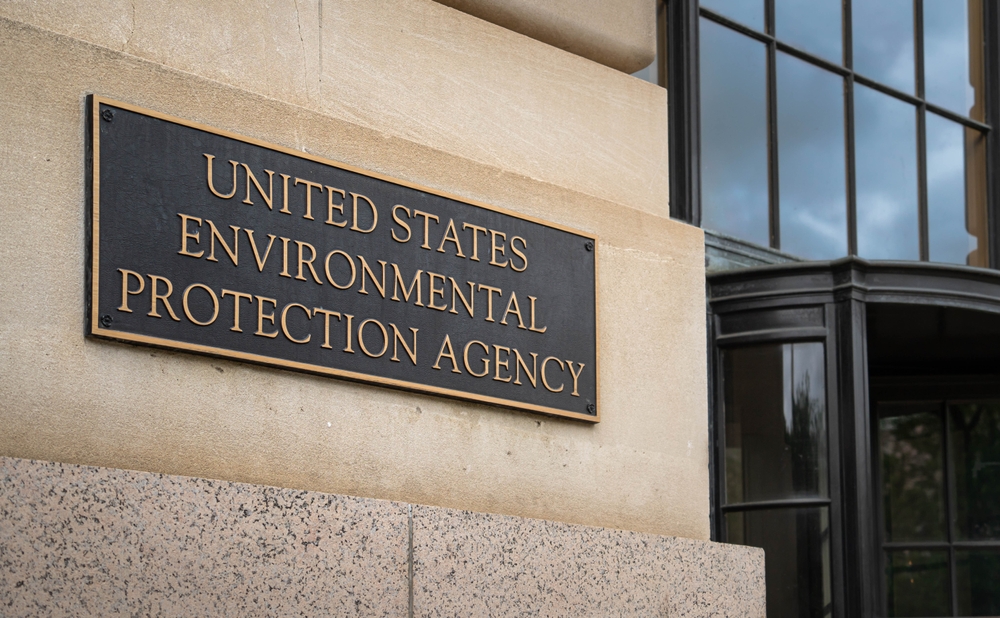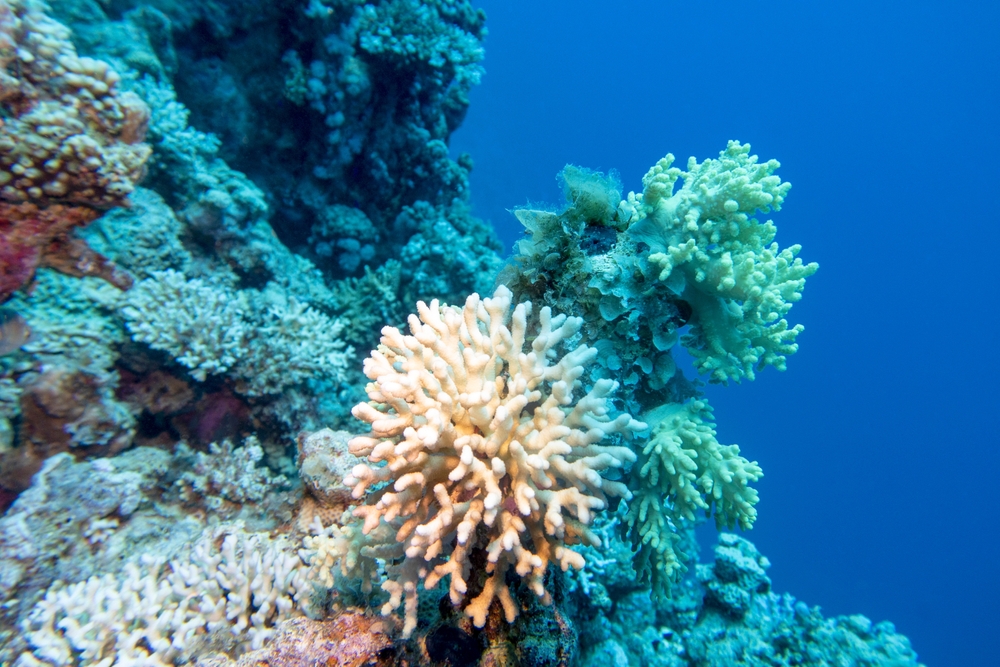Although all trees sequester CO2 as they grow, not all of them do so equally. Depending on their type and their location, trees capture different amounts of carbon. In an effort to measure their exact climate benefits, IBM has developed an AI-based tool that precisely maps trees and shows how exactly they improve the environment.
The technology is intended to evaluate how far tree-planting initiatives offset anthropogenic carbon emissions. It starts with aerial images of trees along with LiDAR data, a 3D model that’s made when a laser mounted on an airplane measures the distance to objects on the ground.
“You’ll have aircraft that flies back and forth over a piece of land and get very precise estimates of the elevation of different objects,” says Campbell Watson, an environmental scientist at IBM. “A tree, for example, appears as what we call a point cloud.” The capture data shows the height of each tree, the size of its crown, as well as each individual leaf.
Once the data is collected, the technology arranges it in a format that’s easy to analyze. It then taps into machine learning to compare aerial images to a database of tree types. By determining the size and species of tree, it allows for estimating how much carbon each tree is sequestering.
The team trialed a prototype of the tool in Manhattan, figuring out the species of each tree in the borough and estimating that trees are sucking up 52,000 tons of CO2. While LiDAR data isn’t available everywhere, Fast Company reports that more detailed data in some cities can help refine the tool so it can use aerial imagery alone in other locations.
The technology could eventually help provide more certainty in carbon markets. This is especially important as an increasing number of companies are paying for carbon offsets in forests, which are often based on generic estimates that may not represent what’s actually growing in the area. Plus, as urban planners strive to plant more trees in cities, the tool can offer more evidence about which types will grow fastest and in which areas.












